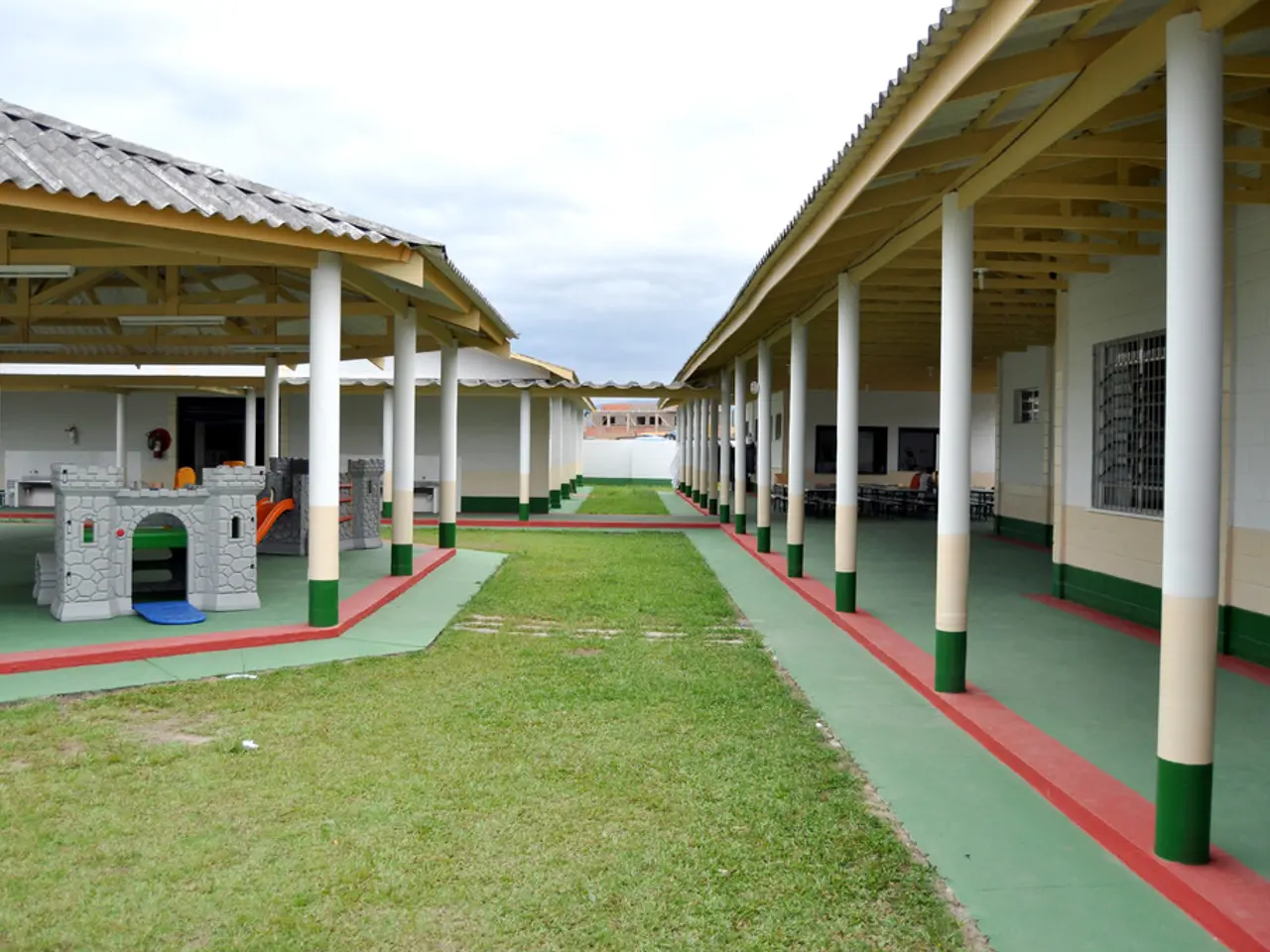Telehealth Services Boost Healthcare Availability in Remote and City Regions at ATA2021 Event
In the rapidly evolving landscape of healthcare, telehealth has emerged as a promising solution to address accessibility issues in both rural and urban communities. Krisda Chaiyachati, medical director of Penn Medicine OnDemand Virtual Care, highlighted the potential of audio-only telehealth encounters to fill in the gaps for some patients, as not all clinical conditions require video calls.
Transportation and time off from work can be significant barriers to care in urban areas. Chaiyachati and other healthcare leaders are exploring ways to leverage telehealth to alleviate these challenges. For instance, patients can travel to a strategically located telemedicine hub instead of the academic medical center, reducing travel times and costs.
The implementation of telehealth has brought about positive unintended consequences, such as fewer patient transfers to tertiary centers and improved nurse education. Advanced practice providers facilitate virtual visits with specialists located at one of WVU's hospitals.
However, broadband access can be a challenge for people in both rural and urban areas. To address this issue, strategies discussed during the American Telemedicine Association's 2021 virtual conference include improving broadband access and providing devices to patients without internet or technology, as well as offering digital skills training to both patients and healthcare staff.
Remote patient monitoring (RPM) tools that work with cellular connections can bypass the need for home internet, which is often limited in rural communities. Collaboration across government agencies, healthcare organizations, and community groups is key to expanding internet infrastructure and digital literacy programs.
AI-enabled tools and interoperable telehealth systems can integrate smoothly with existing medical records, enhancing personalized care and early detection of illnesses. Onsite access points in social service centers or clinics where patients who lack home technology can use devices and connect with providers are another solution. Technological device lending programs combined with hands-on training can enable patients unfamiliar with digital tools to effectively engage in telehealth.
Telehealth regulatory flexibilities implemented during the COVID-19 public health emergency, such as allowing telehealth services in patients’ homes regardless of location, have been instrumental in expanding care access. However, it is crucial that providers comply with privacy laws and licensing requirements to maintain service continuity. Preparing for policy changes, including pending geographic restrictions on telehealth coverage, will be critical to sustaining access for marginalized populations beyond the public health emergency.
Gary Butts, chief diversity and inclusion officer at Mount Sinai Health System, acknowledged that telehealth has widened gaps for some, but efforts are being made to address these issues. Adimika Arthur, executive director at HealthTech 4 Medicaid, pointed out that reimbursement, licensure, parity, geography, and community infrastructure remain barriers to care for many in urban areas.
In some cases, a physician visits Beauregard Health System two days a week and supports the hospital via a telehealth platform at other times. Traci Thibodeaux, CEO of Beauregard Health System in DeRidder, La., implemented a telemedicine strategy to address difficulty in recruiting specialists.
Eddie González-Novoa, dean of multi-hyphenates at Liberation Health Strategies, emphasized the importance of considering lived experience and community resources when addressing health disparities. González-Novoa highlighted the need to tap into the resources and innovations within marginalized communities to bridge the digital and trust divides.
Bringing affordable fiber-optic internet to rural communities and loosening telehealth regulations could help expand care access. Chaiyachati also noted that doubling down on telehealth services could improve care access, but other barriers such as affordability and digital infrastructure still exist for many low-income patients.
In conclusion, a combination of strategies is needed to bridge technological divides, enhance digital inclusion, and ensure equitable telehealth access in both rural and urban underserved communities. These efforts aim to address geographic barriers and technological gaps that limit telehealth use in underserved areas, ultimately improving healthcare accessibility for all.
[1] Telehealth and Health Equity: Strategies for Overcoming Challenges in Rural and Urban Communities
[2] Bridging the Digital Divide: Strategies for Equitable Telehealth Access
[3] Telehealth Regulations During the COVID-19 Public Health Emergency
[4] Geographic Restrictions on Telehealth Coverage
[5] Policy Changes and Their Impact on Telehealth Access for Marginalized Populations
Science and health-and-wellness can significantly intertwine within the context of telemedicine. For instance, advances in AI-enabled tools and interoperable telehealth systems can lead to personalized care and early detection of illnesses (science), while onsite access points in social service centers or clinics can provide devices and telehealth services to underserved communities, thereby improving health outcomes (wellness).




